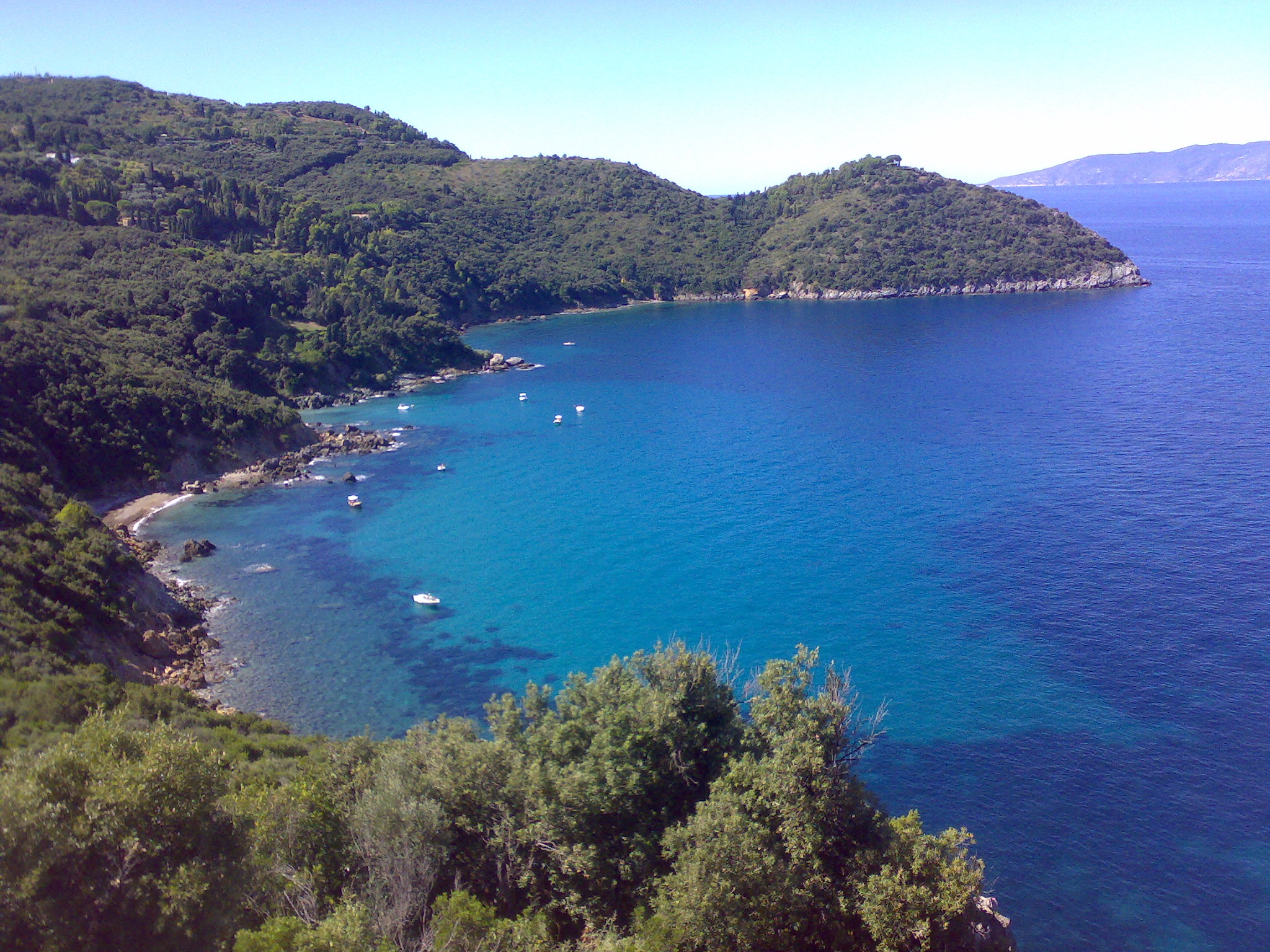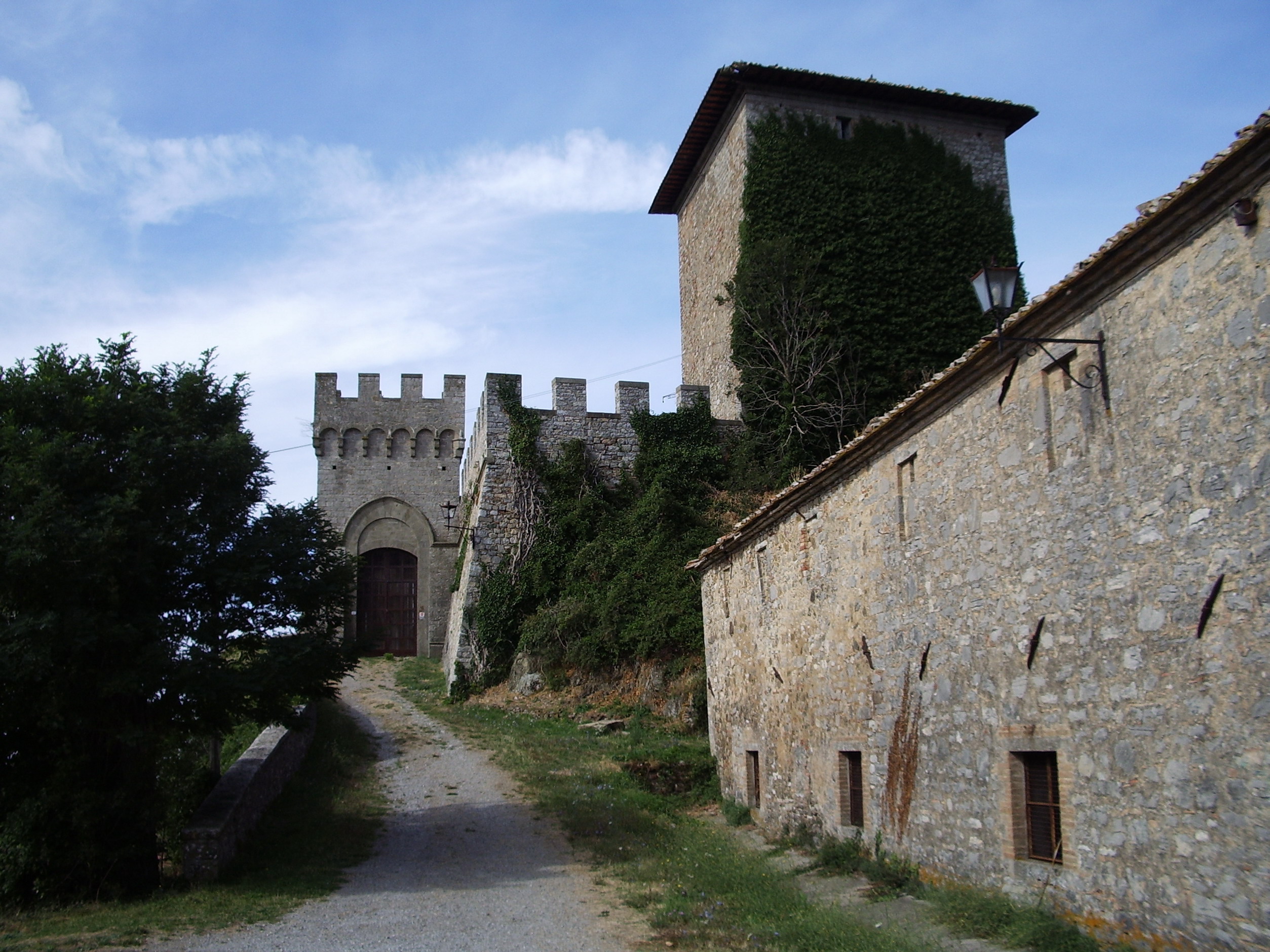|
Albegna
The Albegna is a river in southern Tuscany, the sources of which are located in province of Grosseto on the southern side of Monte Buceto, the southwestern part of the volcanic cone of Mount Amiata, along with the northern side of Monte Aquilaia, and the Riserva Poggio all'Olmo. The river goes downstream initially heading south, passing first from the town of Roccalbegna and moving later into the western part of the municipality of Semproniano, downstream to Rocchette di Fazio, and crossing the Bosco dei Rocconi Natural Reserve. Soon after, it enters the town of Manciano and, near the village of Saturnia, it turns right towards the south-west. Once it reaches the town of Marsiliana, it forms the dell'Albegna plain. The river flows into the Tyrrhenian Sea near the town of Albinia, bordered on the north by the tombolo of Giannella which combines Monte Argentario Monte Argentario is a ''comune'' (municipality) and a peninsula belonging to the Province of Grosseto in the Italian ... [...More Info...] [...Related Items...] OR: [Wikipedia] [Google] [Baidu] |
Marsiliana
Marsiliana, known also as Marsiliana d'Albegna, is a village in Tuscany, central Italy, administratively a frazione of the comune of Manciano, province of Grosseto. At the time of the 2001 census its population amounted to 246. Geography Marsiliana is about 40 km from Grosseto and 18 km from Manciano. It is situated in southern Maremma, along the ''Maremmana'' Regional Road halfway between Manciano and the Tyrrhenian Sea at Albinia. The old centre of Marsiliana is situated on the top of a hill overlooking the river Albegna. History The territory of Marsiliana is known for the presence of Etruscan archaeological sites: the most important one is the area of ''Banditella'', where a necropolis of more than one hundred tombs (8th-6th century BC) was discovered in 1908. The village developed at the foot of the hill after the ''Riforma fondiaria'' (land reform) in the 1950s. Buildings * ''Maria Regina del Mondo'', main parish church of the village, it was built in 1959 ... [...More Info...] [...Related Items...] OR: [Wikipedia] [Google] [Baidu] |
Rocchette Di Fazio
Rocchette di Fazio is a village in Tuscany, central Italy, administratively a frazione of the comune of Semproniano, province of Grosseto. At the time of the 2001 census its population amounted to 19. Geography Rocchette di Fazio is about 56 km from Grosseto and 3 km from Semproniano, and it is situated on a limestone cliff overlooking the valley of Albegna. The small village is included in the ''Bosco dei Rocconi'' Natural Reserve.Geopaesaggi della Toscana University of Siena. History Rocchette di Fazio is named after Fazio Cacciaconti of , lord of ''Rocchette'' (lit. "small castle") after the fall of the[...More Info...] [...Related Items...] OR: [Wikipedia] [Google] [Baidu] |
Monte Argentario
Monte Argentario is a ''comune'' (municipality) and a peninsula belonging to the Province of Grosseto in the Italian region Tuscany, located about south of Florence and about south of Grosseto. The peninsula is connected with the mainland by three spits of land which form two lagoons, the ''Laguna di Ponente'' on the west side and the ''Laguna di Levante'' on the east side of the middle dam. The two main villages on Monte Argentario are Porto Santo Stefano, chief town, facing north, and Porto Ercole facing south. The panoramic road ''Strada panoramica'' starts in Porto Santo Stefano allowing splendid views of the coast and the Tuscan Archipelago. Monte Argentario borders the ''comune'' of Orbetello, which is located on the middle dam between the two lagoons. Geography Monte Argentario is a promontory stretching towards the Tyrrhenian Sea in correspondence of the two southernmost islands of the Tuscan Archipelago, Giglio and Giannutri. The promontory was an island in the pas ... [...More Info...] [...Related Items...] OR: [Wikipedia] [Google] [Baidu] |
Province Of Grosseto
The province of Grosseto ( it, links=no, provincia di Grosseto) is a province in the Tuscany region of Italy. Its capital is the city of Grosseto. As of 2013 the province had a total population of 225,098 people. Geography The Province of Grosseto completely occupies the southern end of Tuscany, and with a territorial area of , it is the most extensive in the region and one of the least dense in population in Italy. The province is bordered to the northwest by the Province of Livorno, to the north by the Province of Pisa, to the northeast by the Province of Siena, and to the southeast by the Province of Viterbo in Lazio. To the south is the Tyrrhenian Sea, which includes the southern islands of the Tuscan archipelago, including Isola del Giglio and the smaller Giannutri islands and Formiche di Grosseto and Formica di Burano. The Arcipelago Toscano National Park spans both the provinces of Grosseto and Livorno, and includes the seven main islands of the Tuscan Archipelago: Elba ... [...More Info...] [...Related Items...] OR: [Wikipedia] [Google] [Baidu] |
Roccalbegna
Roccalbegna is a ''comune'' (municipality) in the Province of Grosseto in the Italian region Tuscany, located about south of Florence and about east of Grosseto. History Roccalbegna was a fief of the Aldobrandeschi in the Middle Ages; later it was part of the Republic of Siena, until the latter's fall in the hands of the Medici, who sold the town to the County of Santa Fiora. In the 18th century it was returned to the Grand Duchy of Tuscany. ''Frazioni'' The municipality is formed by the municipal seat of Roccalbegna and the villages (''frazioni'') of Cana, Santa Caterina, Triana and Vallerona. Main sights Roccalbegna is home to several notable fortifications, such as the ''Cassero Senese'' (built in the 13th century by the Aldobrandeschi, renovated in the 15th century) and the ''Rocca Aldobrandesca'', located on the hill overlooking the town and the Albegna river (whence the town's name). Outside the town there is the large castle of Triana (known from 760), also owned ... [...More Info...] [...Related Items...] OR: [Wikipedia] [Google] [Baidu] |
Manciano
Manciano is a town and ''comune'' in the southern part of the province of Grosseto, Tuscany, central Italy. It has a population of about 7,200. Manciano is southwest of Pitigliano and northeast of Orbetello. History Manciano was once a fairly important market town for the area of the Albegna and Fiora valleys, with a stronghold already recorded in the twelfth century. A brief occupation by Siena (1419–55) left the town an imposing fortress built around 1424. Government ''Frazioni'' The municipality is formed by the municipal seat of Manciano and the villages (''frazioni'') of: * Marsiliana * Montemerano * Poderi di Montemerano * Poggio Capanne * Poggio Murella * San Martino sul Fiora * Saturnia. Main sights The most important site in the comune is Saturnia, an old Etruscan town with medieval walls, remains of a Roman road, and best known for its thermal springs dating to the Roman period and still in use today. The comune is further known to students of Late Antiquity ... [...More Info...] [...Related Items...] OR: [Wikipedia] [Google] [Baidu] |
Monte Buceto
Monte may refer to: Places Argentina * Argentine Monte, an ecoregion * Monte Desert * Monte Partido, a ''partido'' in Buenos Aires Province Italy * Monte Bregagno * Monte Cassino * Montecorvino (other) * Montefalcione Portugal * Monte (Funchal), a civil parish in the municipality of Funchal * Monte, a civil parish in the municipality of Fafe * Monte, a civil parish in the municipality of Murtosa * Monte, a civil parish in the municipality of Terras de Bouro Elsewhere * Monte, Haute-Corse, a commune in Corsica, France * Monte, Switzerland, a village in the municipality Castel San Pietro, Ticino, Switzerland * Monte, U.S. Virgin Islands, a neighborhood * Monte Lake, British Columbia, Canada Arts, entertainment, and media * ''Monte'' (film), a 2016 drama film by Amir Naderi * Three-card Monte * Monte Bank or Monte, a card game Other uses * Monte (dessert) a milk cream dessert produced by the German dairy company Zott * Monte (mascot), the mascot of the University of ... [...More Info...] [...Related Items...] OR: [Wikipedia] [Google] [Baidu] |
Rivers Of The Province Of Grosseto
A river is a natural flowing watercourse, usually freshwater, flowing towards an ocean, sea, lake or another river. In some cases, a river flows into the ground and becomes dry at the end of its course without reaching another body of water. Small rivers can be referred to using names such as creek, brook, rivulet, and rill. There are no official definitions for the generic term river as applied to geographic features, although in some countries or communities a stream is defined by its size. Many names for small rivers are specific to geographic location; examples are "run" in some parts of the United States, "burn" in Scotland and northeast England, and "beck" in northern England. Sometimes a river is defined as being larger than a creek, but not always: the language is vague. Rivers are part of the water cycle. Water generally collects in a river from precipitation through a drainage basin from surface runoff and other sources such as groundwater recharge, springs, a ... [...More Info...] [...Related Items...] OR: [Wikipedia] [Google] [Baidu] |
Giannella
Giannella is a village in Tuscany, central Italy, administratively a frazione of the comune of Orbetello, province of Grosseto, in the Tuscan Maremma. At the time of the 2001 census its population amounted to 160. . Geography The hamlet of Giannella is located along the strip of land ('''') which connects the mainland with the promontory of ...[...More Info...] [...Related Items...] OR: [Wikipedia] [Google] [Baidu] |
Tombolo
A tombolo is a sandy or shingle isthmus. A tombolo, from the Italian ', meaning 'pillow' or 'cushion', and sometimes translated incorrectly as ''ayre'' (an ayre is a shingle beach of any kind), is a deposition landform by which an island becomes attached to the mainland by a narrow piece of land such as a spit or bar. Once attached, the island is then known as a tied island. Several islands tied together by bars which rise above the water level are called a tombolo cluster. Two or more tombolos may form an enclosure (called a lagoon) that can eventually fill with sediment. Formation The shoreline moves toward the island (or detached breakwater) due to accretion of sand in the lee of the island, where wave energy and longshore drift are reduced and therefore deposition of sand occurs. Wave diffraction and refraction True tombolos are formed by wave refraction and diffraction. As waves near an island, they are slowed by the shallow water surrounding it. These waves th ... [...More Info...] [...Related Items...] OR: [Wikipedia] [Google] [Baidu] |
Saturnia
Saturnia () is a spa town in Tuscany in north-central Italy that has been inhabited since ancient times. It is a ''frazione'' of the ''comune'' of Manciano, in the province of Grosseto. Famous for the spa which gives it its name, its population is 280. Geography It lies about from Manciano, from Grosseto, northeast of Orbetello and the coast and from Rome. Near the village, 800 L/s of sulphurous water at 37 °C gushes over a waterfall and down into a cascade of natural pools formed by the deposition of calcareous rock from evaporation of the water. History Saturnia, which until 30BC was known as ''Aurinia'', takes its name from the Roman god Saturn (or Saturnus). Legend has it that he grew tired of the constant wars of humans, and sent a thunderbolt to earth that created a magic spring of warm sulphurous water which would pacify mankind. Dionysius of Halicarnassus lists Saturnia as one of the towns first occupied by the Pelasgi and then by the Etruscan civil ... [...More Info...] [...Related Items...] OR: [Wikipedia] [Google] [Baidu] |





